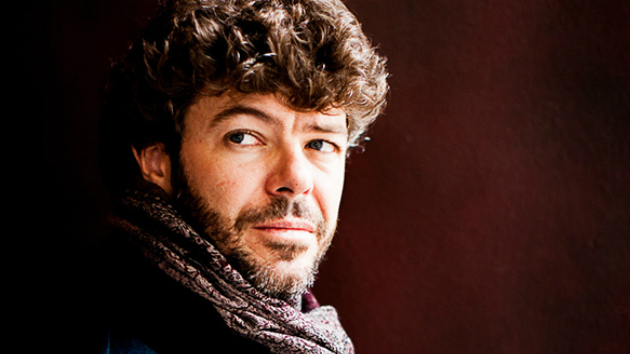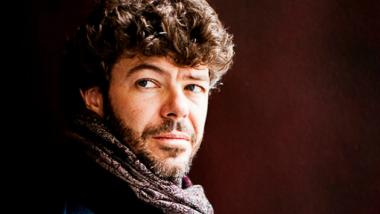
At last weekend's concerts at Davies Symphony Hall, roughly 120 years separated the first half's works by two pillars of the First Viennese School from those by two proponents of modernism in the second. The juxtaposition was clear, but the intent behind it remained obscure.
A concert program pairing groundbreaking works by Haydn and Mozart with those of Debussy and Stravinsky would seem to imply a conversation is taking place between the musicians and the audience that extends beyond just the performance of the music. However, on Saturday night the San Francisco Symphony, led by guest conductor Pablo Heras-Casado, seemed content to let the music speak for itself. The results were often rewarding, although not entirely so.
Heras-Casado led Haydn's Symphony No. 44 in E minor, ”Mourning” (1771) with precise gestures and movements, resulting in a crisp, often buoyant performance from the strings belying the work's Sturm und Drang origins. His lead was easy to follow, telegraphing in advance exactly where he wanted the music to go. The key may have been minor, but the rhythmic urgency of the first movement conveyed a sense of clearly realized longing rather than loss, which the orchestra carried forward in the second movement's Menuet.
Contrasting with the tightness of the strings, there was some fuzziness in the horn section. The potential threat identified by James Keller in the program notes to "gild the lily" during their entrance in the third movement was nowhere to be heard, but the overall result was a performance full of vitality.
Born in Russia and raised in Germany, pianist Igor Levit made his S.F. Symphony debut as the soloist in Mozart's Piano Concerto No. 9, K. 271. This work, from 1777, is generally viewed by scholars as the composer's first mature piano concerto, or at least his first masterpiece in the form, though Mozart was still only 21 when he wrote it. The mournful quality that was hard to discern in the Haydn symphony was certainly present here in the second movement's Andantino, bookended by an Allegro and a Rondo finale bursting with energy.
Levit's approach was all business. Dressed in a sharp, dark suit completed by a white pocket square, he often leaned in over the keyboard as he played, his head suspended directly above his hands on the keys. He looked determined yet at ease while navigating the cadenzas in the outer movements and seemed to relish the piece's intricacies. Not yet 30 years old, if [Igor Levit] decides to devote more of his time performing in the U.S. I have a hunch audiences will embrace him.
Levit's interpretation may be more dictated by the head than the heart, but it's an approach perfectly suited to Mozart. Not yet 30 years old, if he decides to devote more of his time performing in the U.S. I have a hunch audiences will embrace him.
The sharpness in gesture and movement Heras-Casado displayed in the first half gave way to a much more fluid, less-delineated approach during Debussy's Prélude à l'Après-midi d'un faune, as he followed the work's impressionist origins. The results were pleasing. Led by flutist Tim Day's luxuriant solo work and with a lush, almost decadent tone coming from the string section, this particular afternoon was redolent with the sensual nature of its poetic source by Stéphane Mallarmé.
A lack of clarity in the horns and some sluggish entrances lessened the overall impact of an intermittently engaging performance of Stravinsky's Symphony in Three Movements. While the string section put on a staggering display of force, slashing their way through the chugging rhythms in the outer movements, and the basses maintained an unusually burnished tone, which they had been providing all night long, a sense of cohesion was noticeably missing from the whole.
What should have been an explosive conclusion fell short of the mark, despite moments during which the orchestra fully clicked with Stravinsky's propulsive drive.

